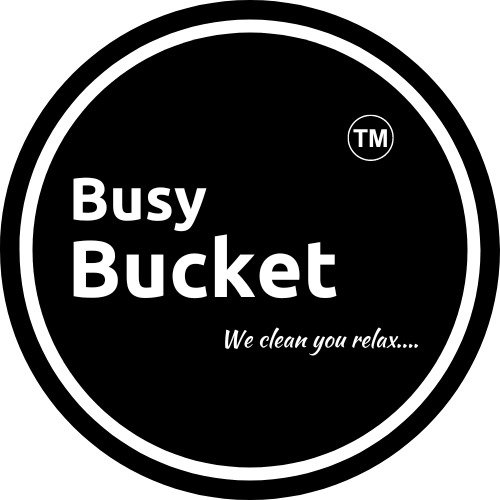Clean water is essential for good health, but many people forget that the water stored in their tanks needs regular cleaning. Over time, dirt, bacteria, and algae can build up, making the water unsafe to drink. In this blog, we’ll explain why water tank cleaning is important, how often it should be done, and the risks of ignoring it.
Why Is Water Tank Cleaning Necessary?
1. Prevents Waterborne Diseases
Dirty water tanks can contain harmful bacteria like E. coli, viruses, and parasites. If you drink or use contaminated water, you may suffer from diseases like:
- Cholera
- Typhoid
- Dysentery
- Hepatitis A
Regular cleaning removes these germs, keeping your water safe.
2. Stops Algae and Mold Growth
When sunlight enters the tank, it promotes algae growth. Mold can also develop in damp, dark tanks. Both make the water smell and taste bad and can cause stomach infections. Cleaning removes these unwanted growths.
3. Removes Sediment and Dirt
Over time, sand, rust, and debris settle at the bottom of the tank. This makes the water dirty and can clog pipes. Cleaning ensures that only clean water flows into your home.
4. Improves Water Taste and Smell
Stale water from an unclean tank can have a bad odor and metallic taste. Cleaning removes rust, bacteria, and sludge, making the water fresh and pleasant to drink.
5. Increases Tank Lifespan
Dirt and rust can damage the tank walls, leading to leaks and cracks. Regular maintenance prevents costly repairs and extends the tank’s life.
How Often Should You Clean Your Water Tank?
Experts recommend cleaning your water tank at least twice a year. However, if you notice any of these signs, clean it immediately:
- Foul smell from the water
- Discolored or cloudy water
- Visible dirt or insects in the tank
- Frequent stomach illnesses in the family
What Happens If You Don’t Clean Your Water Tank?
✔ Health Risks – Contaminated water causes infections.
✔ Blocked Pipes – Dirt buildup clogs plumbing systems.
✔ Water Quality Bad– Unclean water affects cooking, bathing, and drinking.
✔ Higher Repair Costs – Damaged tanks need expensive replacements.
How to Clean a Water Tank?
You can hire professionals or do it yourself:
DIY Cleaning Steps:
- Drain the Tank– Remove all water.
- Scrub the Walls– Use a brush and mild detergent.
- Rinse Thoroughly– Wash away all dirt and soap.
- Disinfect– Use chlorine solution to kill germs.
- Refill with Fresh Water– Ensure clean supply.
Professional Cleaning Benefits:
- Cleaning: Deep cleaning with advanced tools
- Professional Cleaners: Expert inspection for leaks
- Vacuum cleaning: Special tools suck out dirty water and sludge.
- UV treatment (optional): Some services offer UV light to kill bacteria
- Anti-bacterial spray: The tank is sprayed with safe chemicals to kill germs.
Conclusion
Water tank cleaning is not optional—it’s a necessity for safe and healthy water. By cleaning your tank regularly, you protect your family from diseases and ensure clean, fresh water every day. Don’t wait until the water looks dirty; schedule cleaning at least twice a year. Book your water tank cleaning services with Busy Bucket Services.


